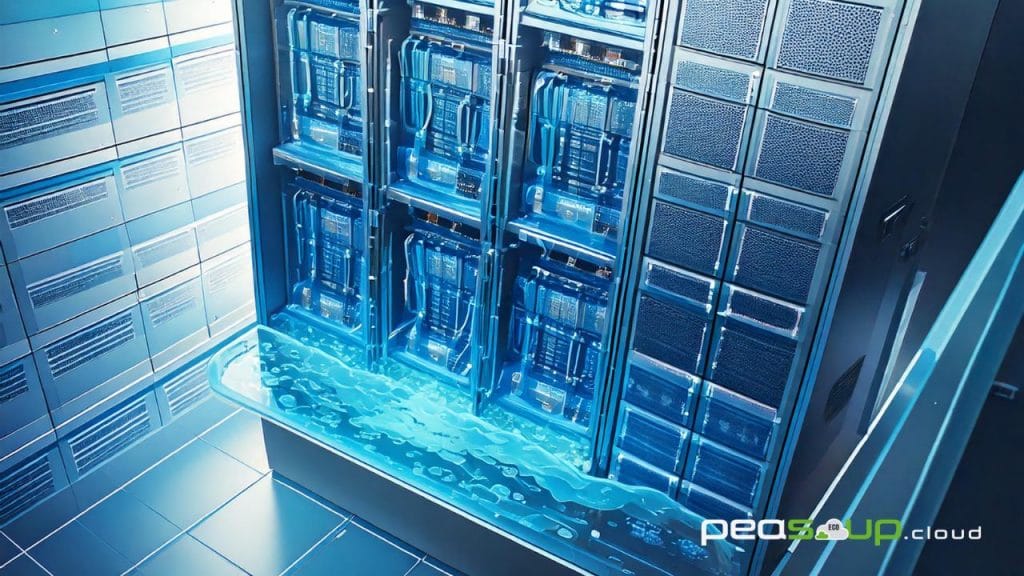Transition to efficient cooling methods in data centres
using liquid immersion cooling technology
The highly integrated world is pushing up the demand for data. Nearly every part of our daily activities depends on technology fuelled by data. Talk of smart devices; we use them for communication and other interaction processes, our automated homes, cities, and medical facilities transport systems, among others. Data centres are at the heart of this all. However, for the data centres to deliver, they require tremendous resources in terms of power, water, and human labour. This is coming at a considerable cost to the environment.
We need more innovative, faster, and more energy-efficient data centres to correct this. Data centres need to transition to efficient cooling methods; this is the only way to prepare for future performance requirements and manage costs and environmental footprints.
Liquid immersion cooling has proven to be the future technology that data centres can rely on to meet these challenges. In this article, we explore the benefits of innovative technology.
Fear of combining electronic systems and water alleviated.
Water cooling has been used for its effectiveness in data centres’ cooling but has debilitating limitations. It limits the flexibility of data centre design as the systems connected to plumbing are hard to rearrange. Combining water and electronic systems also in a way complicates disaster recovery processes. It also calls for advanced plans to deal with rust or leakages, some of the potential problems with this method of data centre cooling.
Liquid immersion cooling provides the solution; the technology that relies on dielectric liquid eases these concerns, including the fear of combining water and electronic systems.
Cost offset by savings
The initial cost required to set up the liquid immersion cooling is higher than other solutions. However, the cooling technology’s savings for a data centre offset the substantial installation costs. The coolant is creatively used to transport heat to areas where it can be helpful, leading to savings.
Prolonging equipment lifespan
Data centres have a whole set of equipment, from servers, racks, monitors, and storage systems. Setting up this equipment requires a considerable investment. Data centres need help to have the essential components work perfectly for maximum efficiency and lifespan. With overheating, corrosion, dust, and vibration issues, this may be hard to achieve as there are numerous breakdowns. Any measure that goes towards prolonging their lives while at the same time ensuring they deliver the intended purposes is welcome.
Liquid immersion cooling can reduce some of these issues and ultimately prolong the lifespan of equipment in a data centre. It is efficient in cooling and thus reduces overheating. Additionally, due to its nature, the equipment is not exposed to dust or corrosive elements, among other external contaminants.
Noise
Traditional data centres are known for high noise levels, some of which are as high as 96 dB (A). Such noise levels can be a nuisance given that the servers are run continuously.
With liquid immersion cooling, the noise problem is eliminated. Since dust is also checked with this cooling method, data centres are made environmentally friendly.
Cut on carbon footprint
As a revolutionary and advanced innovation, liquid immersion cooling bridges the gap between conventional and future data centres. It not only increases the data infrastructure system efficiency but also cuts by a huge margin the amount of energy consumed, meaning cuts on the carbon footprint.
Given that demand for data centre services will keep on rising, operators need to adopt systems that are effective and friendly to the environment.

